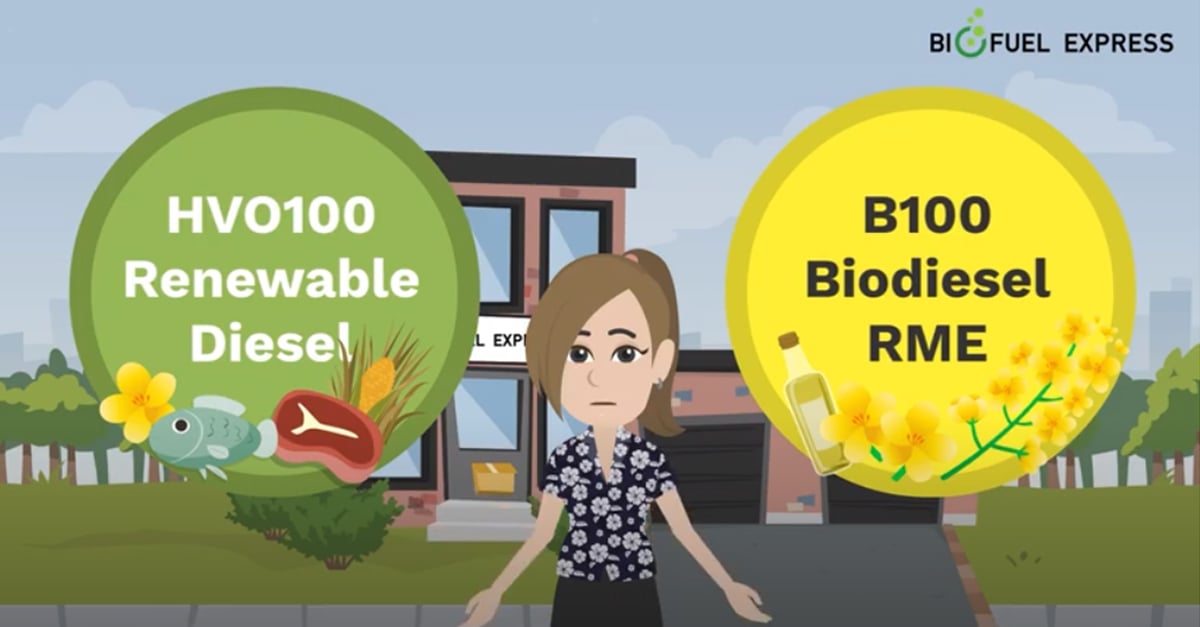

Power-to-X is one of the big topics of conversation when it comes to the sustainable energy sources of the future. Power-to-X describes the process by which green energy such as solar or wind energy is converted via electrolysis into storable hydrogen. The X is the term for the technology to become many different forms of energy. One of the forms of energy is in particular green fuels including e-diesel.
What are e-fuels?
E-fuel and e-diesel are the synthetic fuels that can be produced in connection with the Power-to-x technology, where carbon is added to the hydrogen in a synthesis process. The name itself comes from the electrolysis part of power-to-x technology, which is referred to as electrofuel, which is abbreviated to e-fuels.
How does e-diesel play a role in the new fuel market?
Will the internal combustion engine be phased out? It most likely will – but it has long prospects, and e-diesel can be used in the internal combustion engine. The reality is that many cars and especially trucks and buses have long technological lifespans, and therefore can electro fuels such as e-diesel be a good alternative in the long run for the heavy transport, where the technology and scaling of electric vehicles still have long prospects in terms of covering all heavy transport.
Therefore, solutions such as biodiesel continue to be the best alternative to fossil fuels on the market compared to the many vehicles with internal combustion engines that will continue to run on the roads for the next 15 to 25 years.
The cars that are produced today have a lifespan that extends more than 20 years ahead as the technology is constantly getting better. This means that there must be fossil-free fuel alternatives such as both e-diesel and biodiesel, which can complement each other to cover the many combustion vehicles in a sustainable way.
In this regard biodiesel such as HVO100 Renewable Diesel and B100 Biodiesel RME Premium are already solutions that can be used right away and help to reduce CO2 emissions by up to 90% compared to ordinary diesel.
"*" indicates required fields